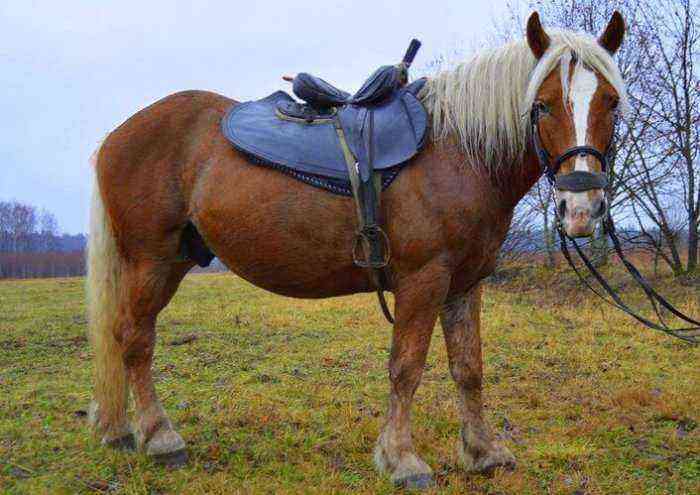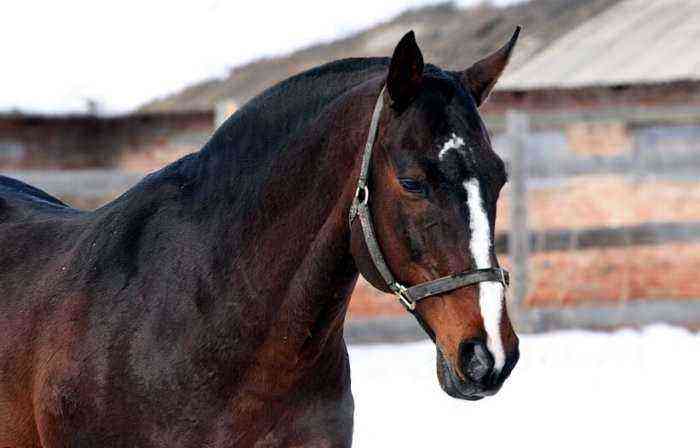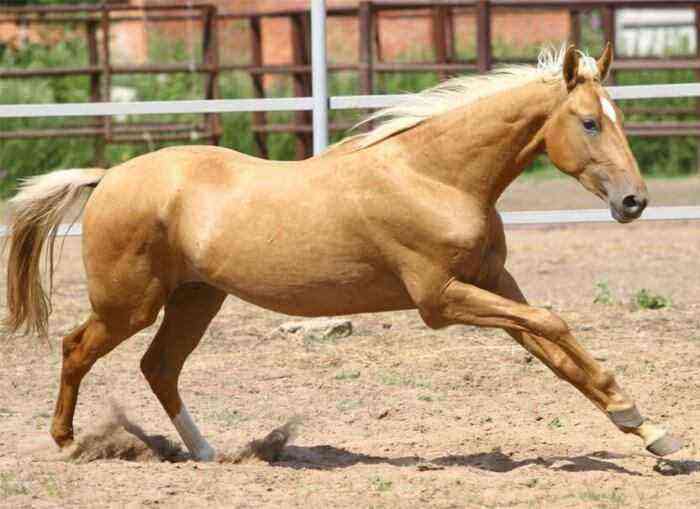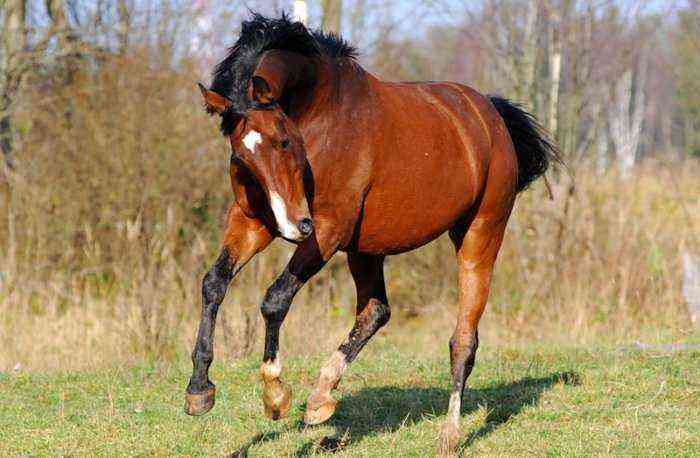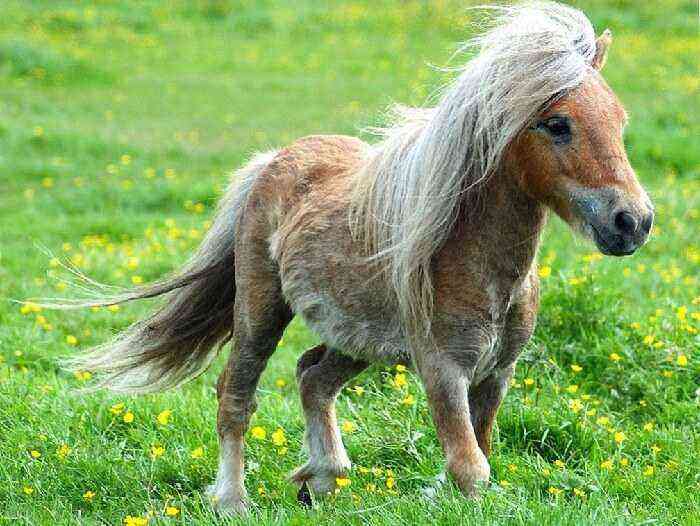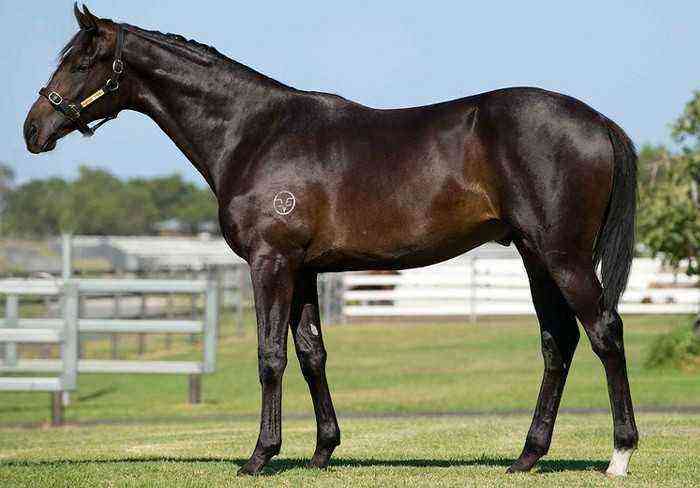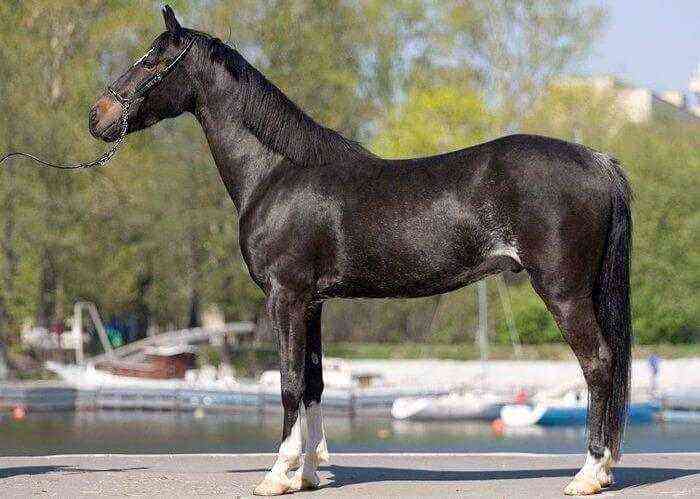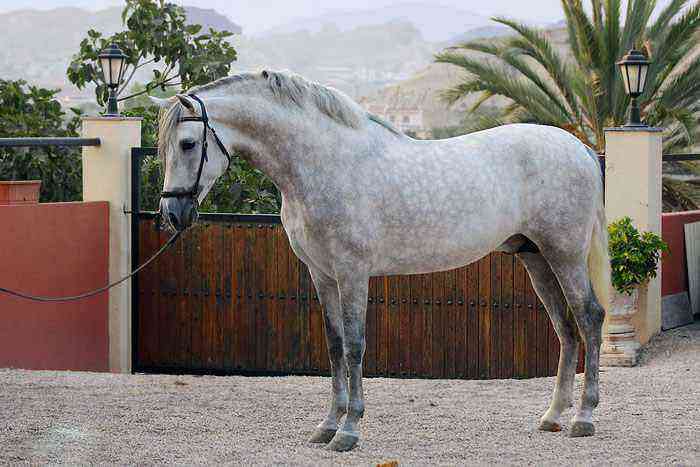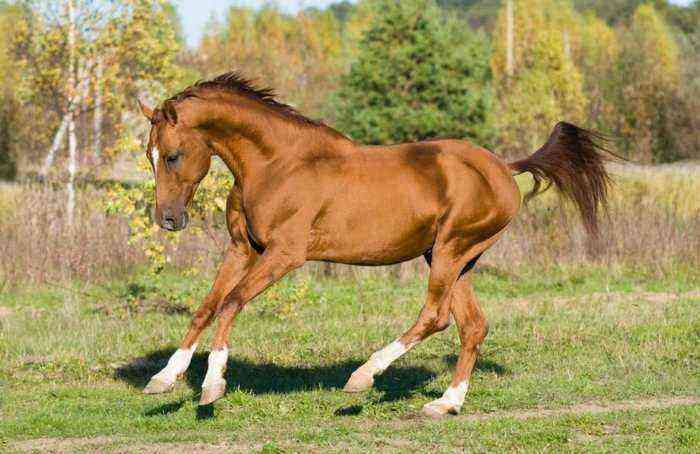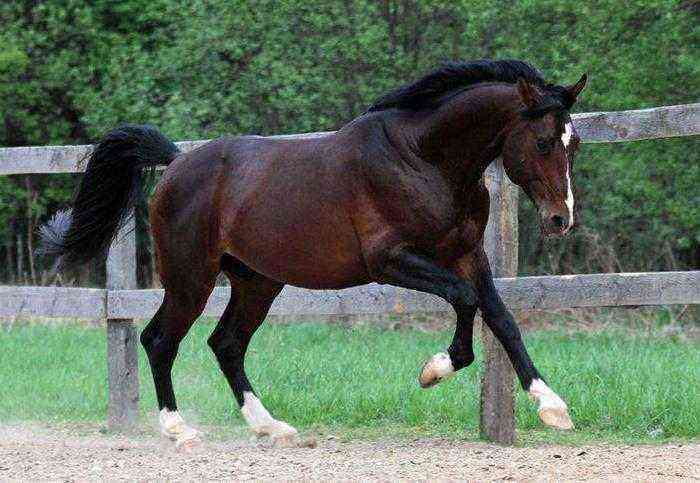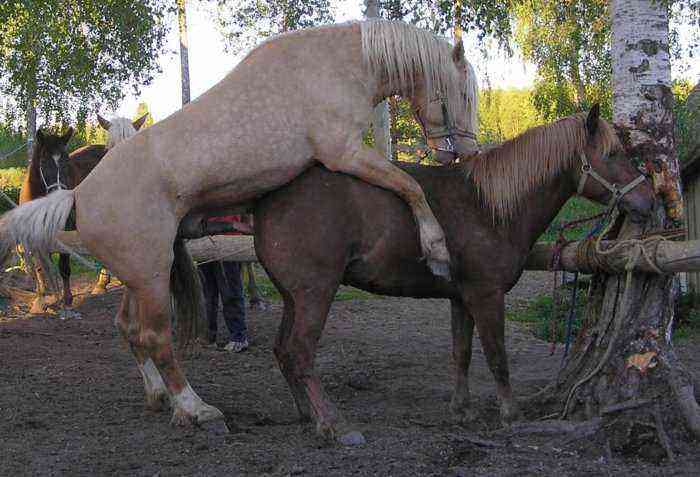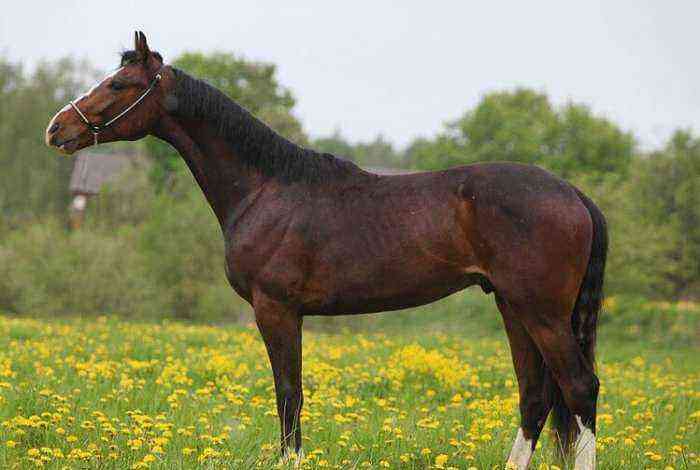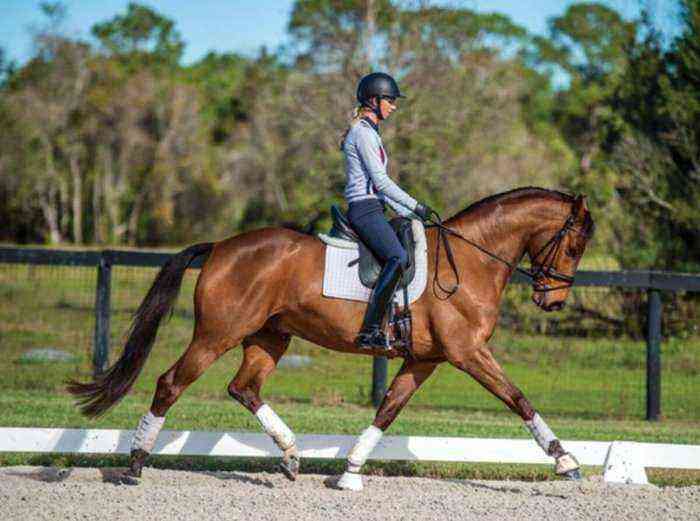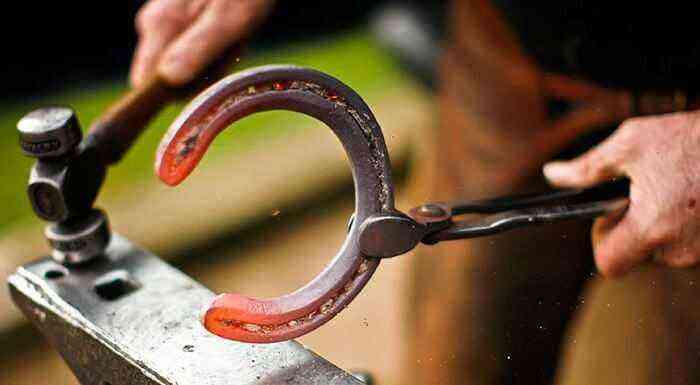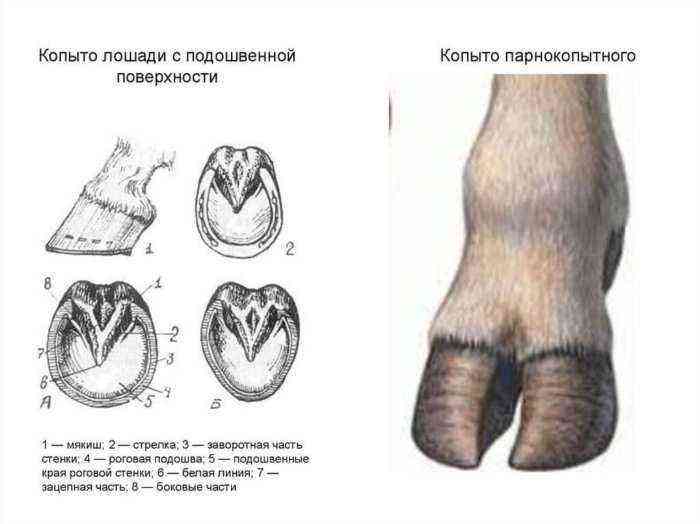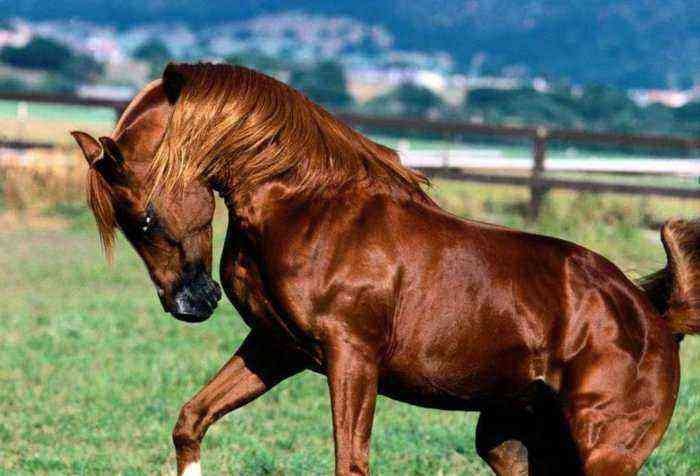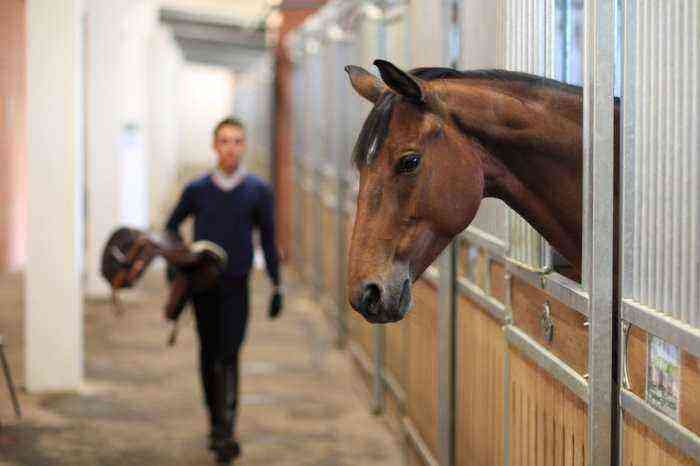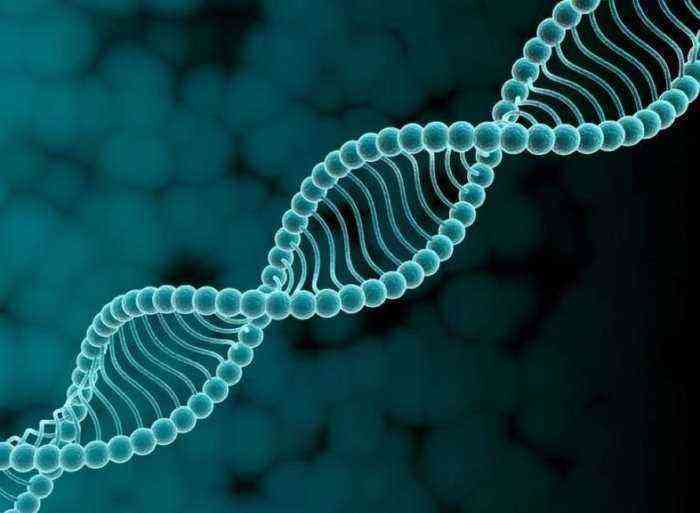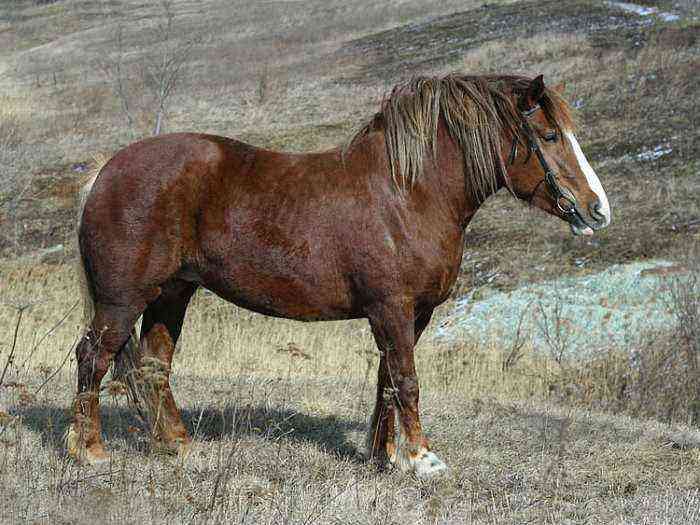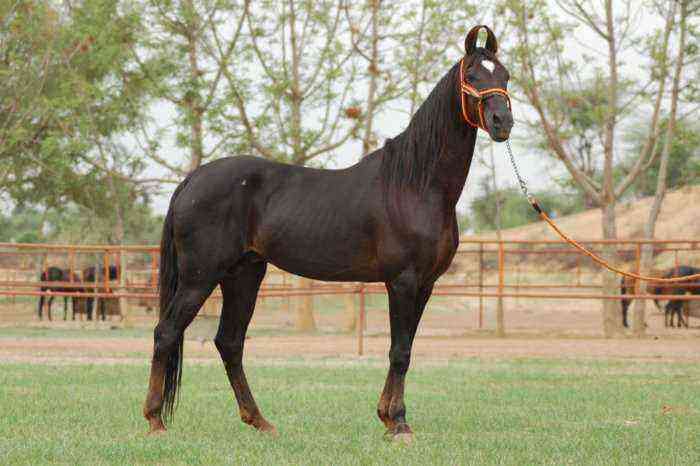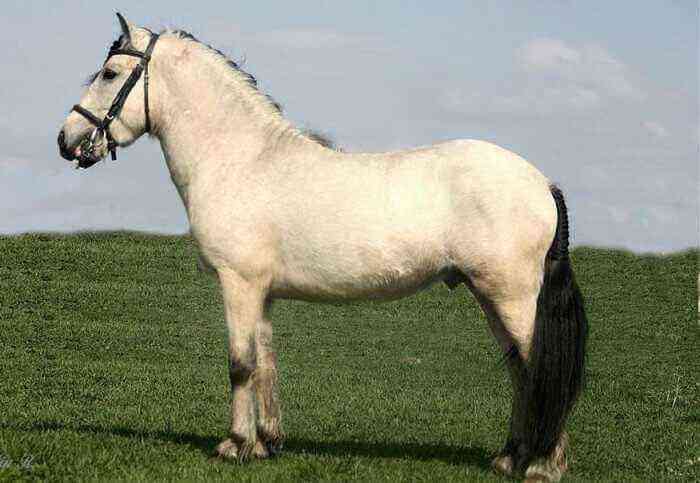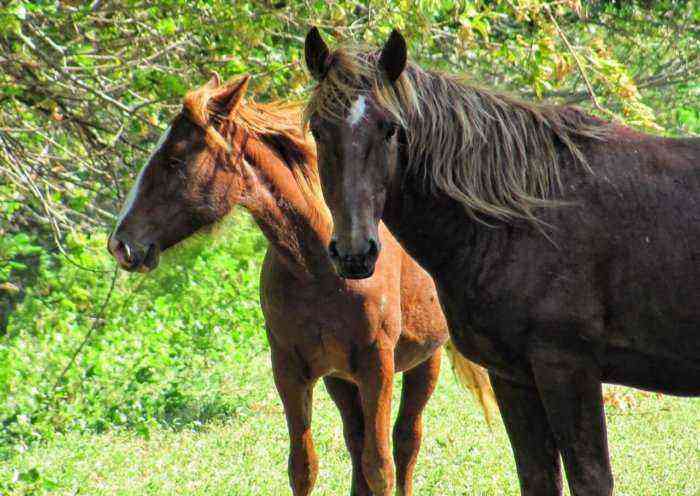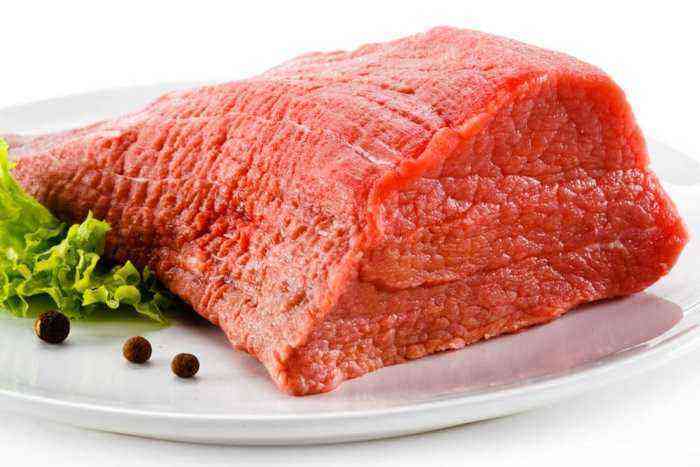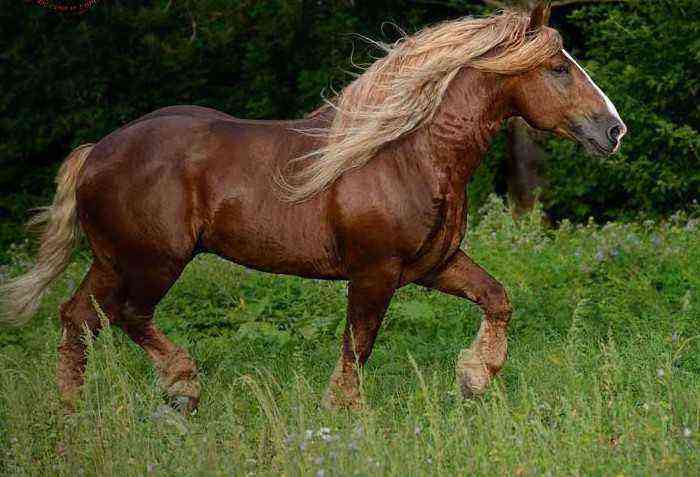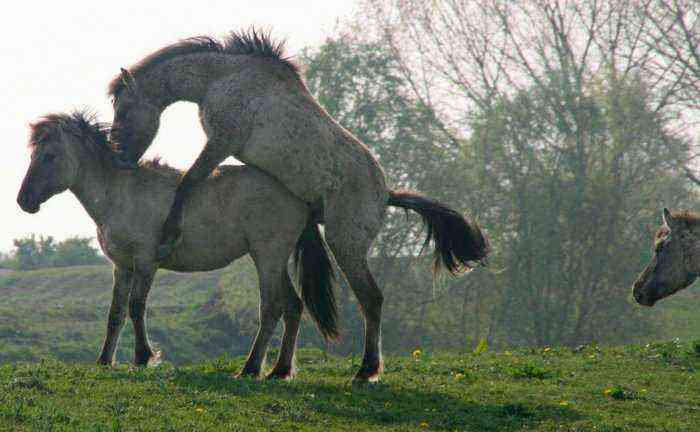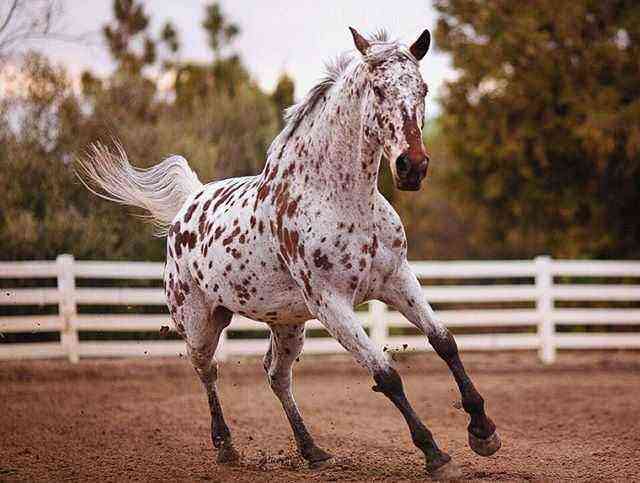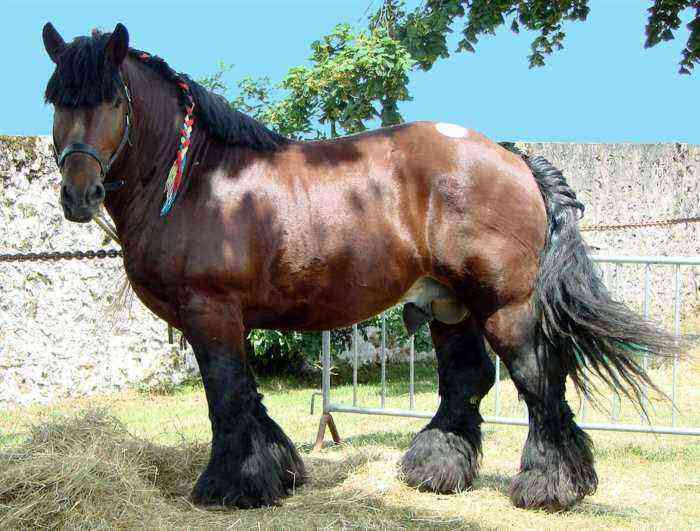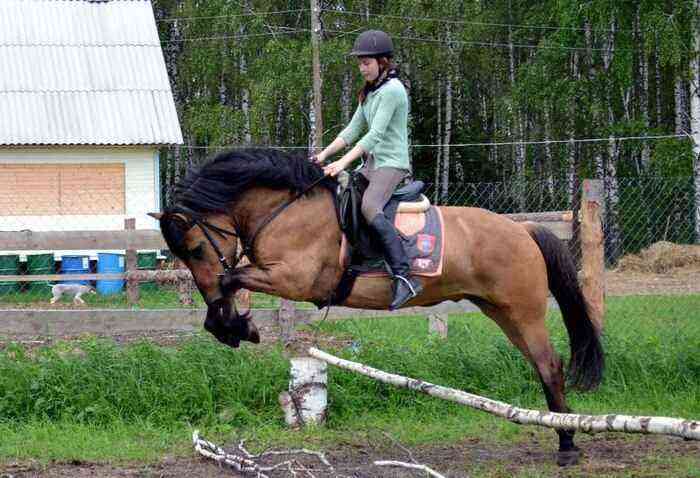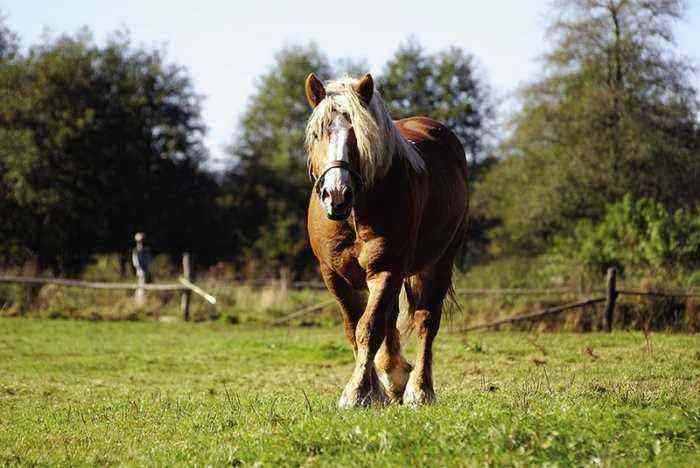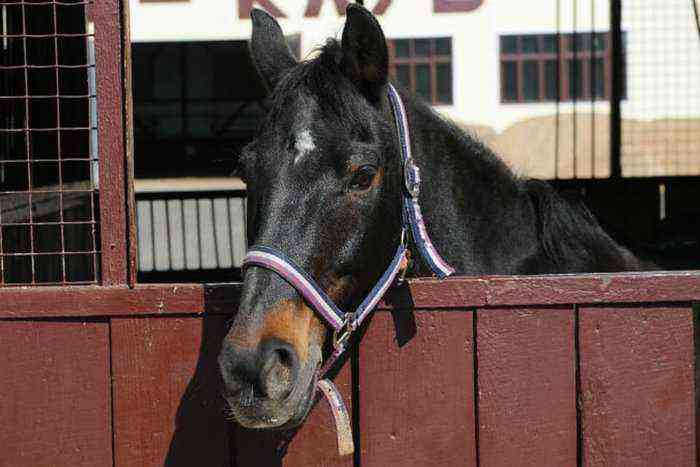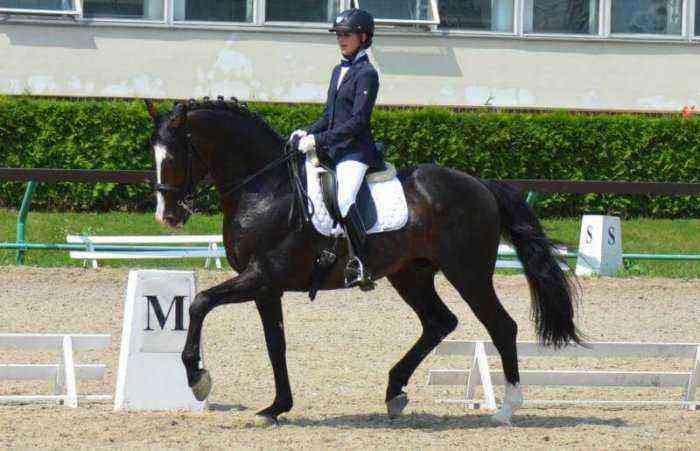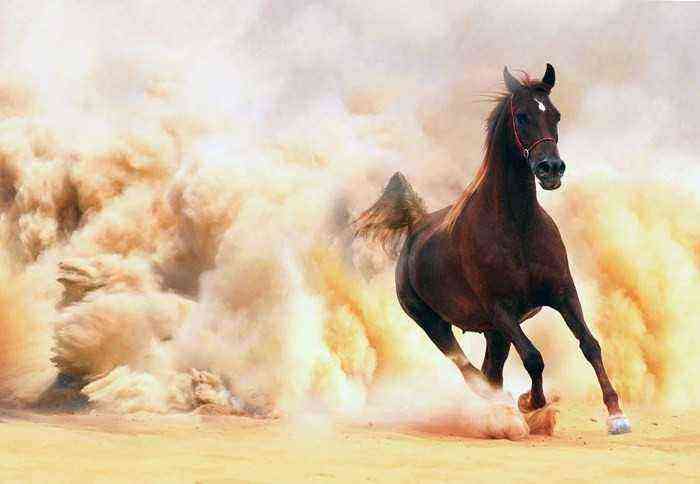Estonian horses are one of the few exclusively local breeds in Estonia. During the breeding of the animal, it was not crossed with other varieties of horses, so the breeders managed to preserve most of the original characteristic features of living creatures. Moreover, the resulting breed was valued quite highly, which was the reason for its use to improve many other breeds, including the Vyatka and Tori.
Estonian horse
Origin
The first facts about the breeding of the Estonian breed date back to 1356, when the famous Tori stud farm was organized. The created organization was engaged in breeding local pedigree lines of horses, and at first the breeders were focused on obtaining large, strong and hardy animals that would become a significant help in agriculture.
To achieve this goal, the blood of a larger variety was added to the main line of Estonian horses. As a result, breeders managed to get an improved breed line, whose representatives were distinguished by their strength and could pull a plow or cart for a long time. Such stallions have repeatedly taken first place at exhibitions throughout Europe, and the mares were usually used to improve other breeds, in particular the Tori.
With the gradual development of technology, land cultivation technologies, the appearance of high-quality roads, the popularity of the Estonian horse began to decline. To remedy the situation, breeders crossed the breed with light draft and racehorses, but this did not give the desired effect, and gradually the variety was replaced by other breeds that were better suited to the needs of society.
To date, more than 50 heads of Estonian horses have been preserved, and three islands remain the main place of their breeding: Muhu, Saarema and Hiiumaa. On the continent itself, where most of the country is located, representatives of the breed line are no longer bred.
Appearance
Estonian horses are distinguished from other horses by rather modest dimensions, while the growth of stallions and mares is actually the same and is 141-143 cm. The oblique body of a stallion is 147 cm, and that of a mare is 149 cm.
The main exterior features of the animal include the following:
- well-developed muscles, especially in the lumbar region;
- strong rough physique;
- a flat back with a pronounced croup;
- wide chest;
- thick neck of medium length;
- a small head with an even profile and a wide forehead;
- short limbs with developed ligaments and a strong hoof;
- short mane;
- high set tail.
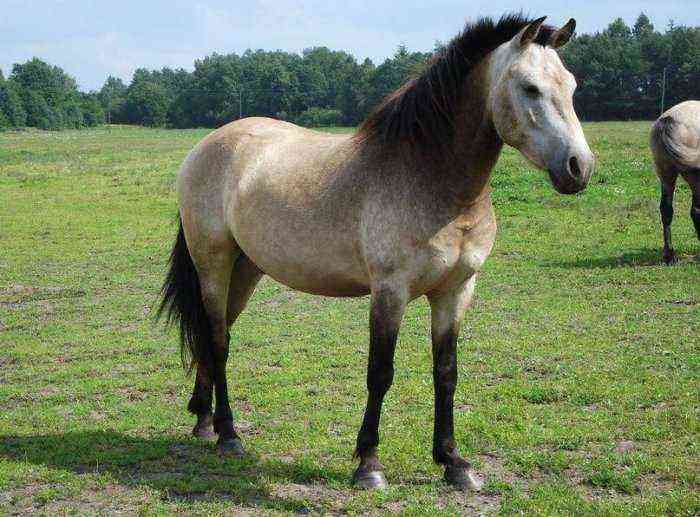
The color of the horses is predominantly bay and gray.
The hair color of such horses is predominantly bay and gray, less common are nightingale, red and tan representatives of the breed.
Application
Among the main advantages of the Estonian breed line are:
- calm, friendly disposition of the animal;
- unpretentiousness to conditions of detention;
- increased draft and general endurance;
- developed strengths.
The last two parameters of the horse are especially outstanding. One healthy animal is able to pull a load weighing 9 tons over a distance of more than 200 m. The record time set by Estonian horses, when overcoming a distance of 2 km at a trot with a pulling force of 50 kg, was only 6 minutes 25 seconds. Breaking such records is simply beyond the power of most other draft breeds.
Due to their significant working qualities and an extensive list of advantages, horses are popular in the following areas:
- horseback riding;
- equestrian children’s sports;
- light work in agriculture;
- various exhibitions and competitions;
- equestrian tourism.
Reference. Also, Estonian horses are constantly used in breeding work. They are popular for breeding new breed lines in the pony class. On the basis of the breed, the Tori and Vyatka breeds were bred, and now the restoration of the Ob horses is underway.
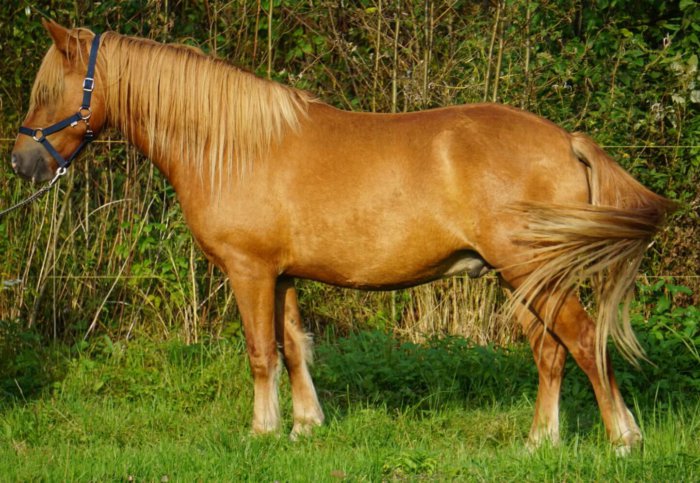
Estonian breed
The Estonian horse breed has been popular with local breeders since its introduction. Due to its high strength and endurance, the animal easily coped with hard work in the fields and on farms, but with the development of technology and infrastructure in the country, the number of the breed quickly fell, and in modern realities it includes only a few dozen animals. But despite this, many enthusiasts still breed such horses and replenish studbooks with new names.
